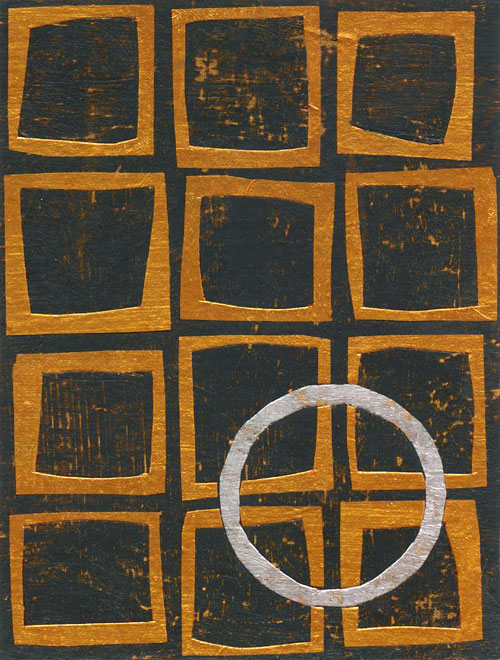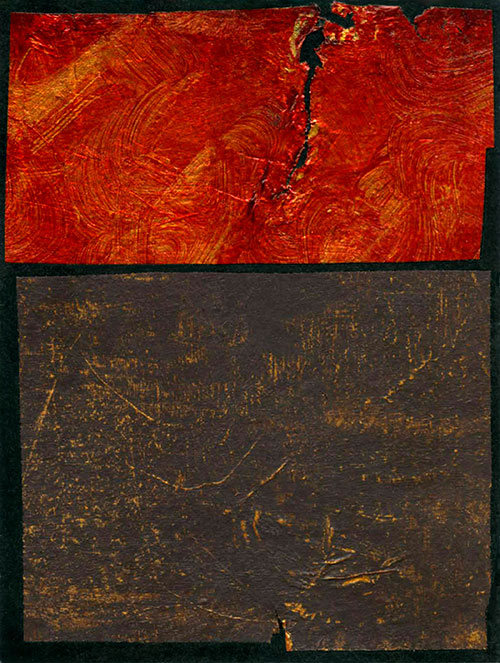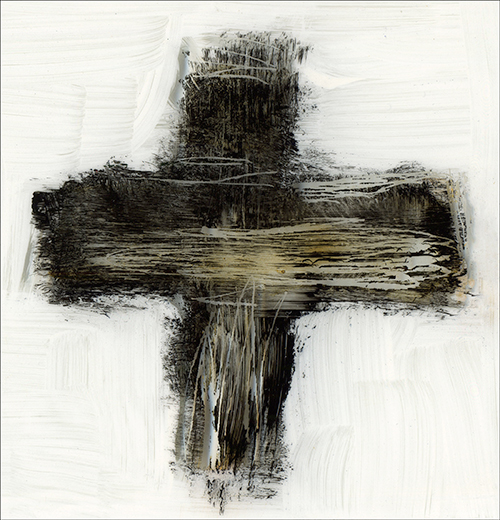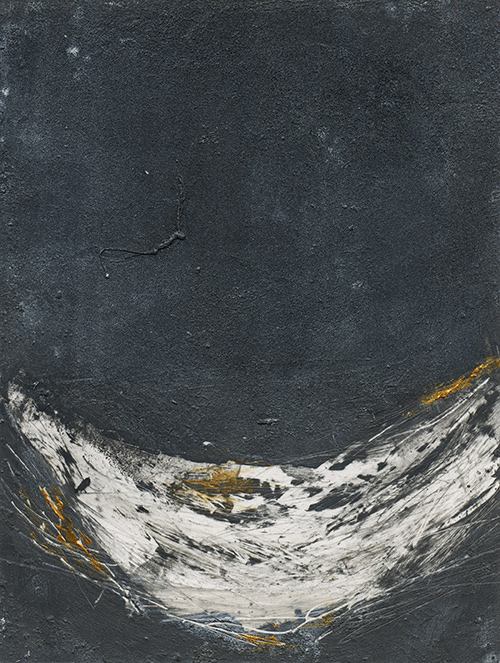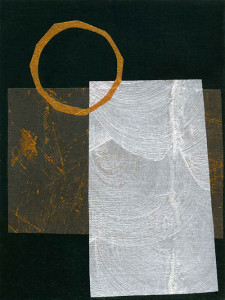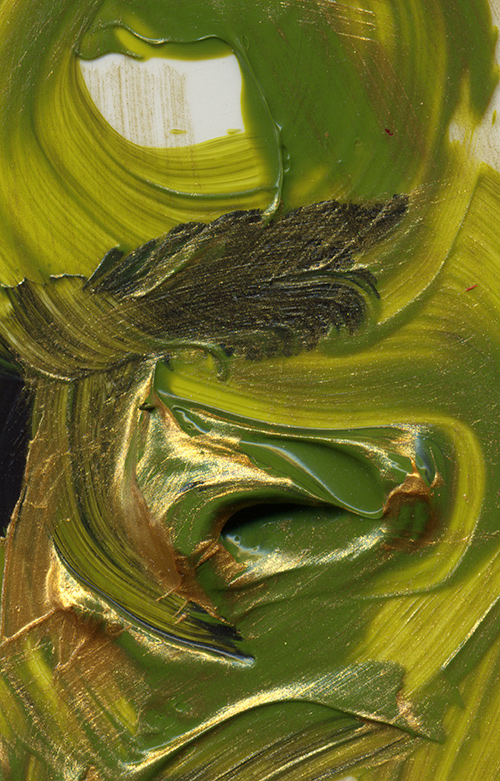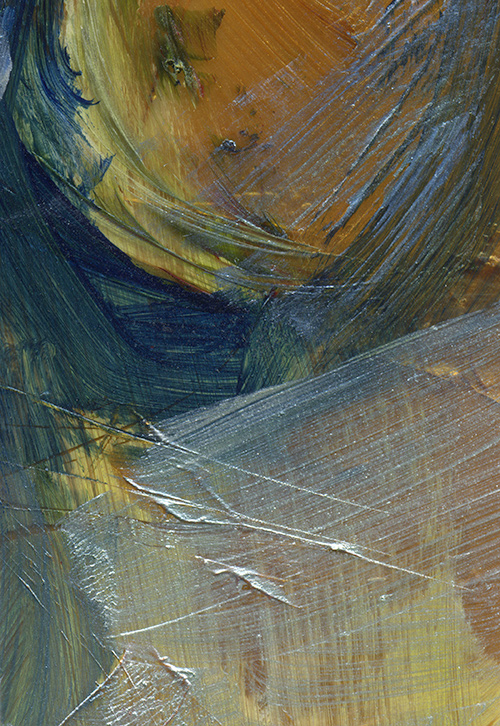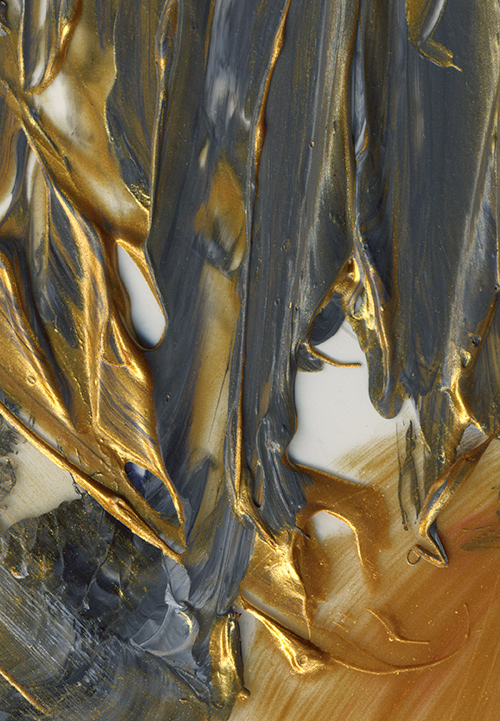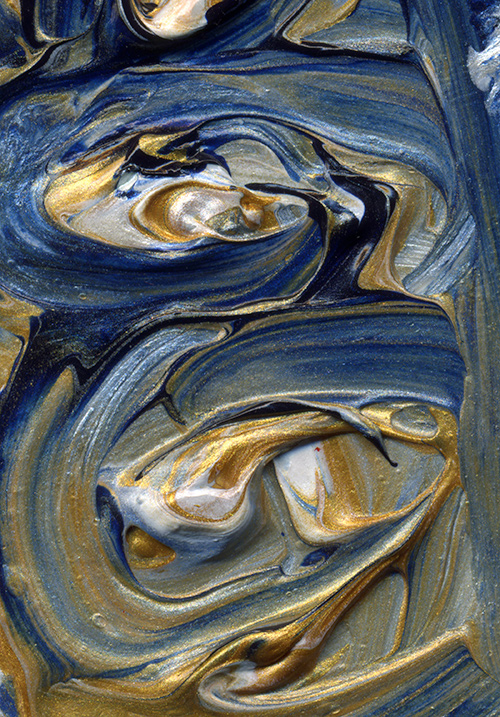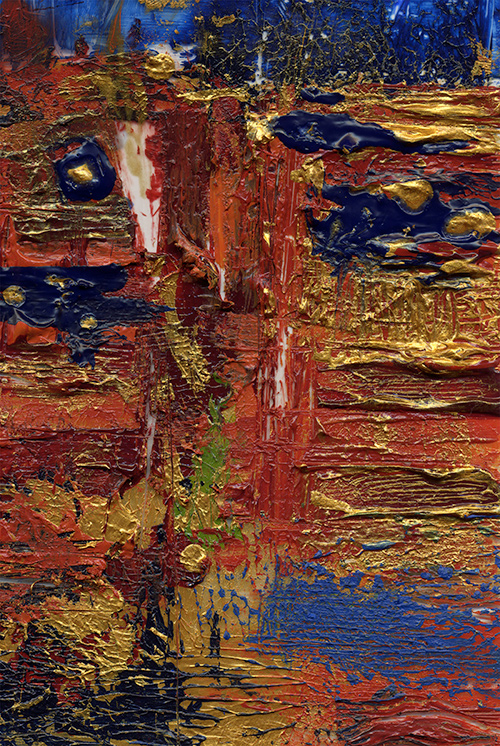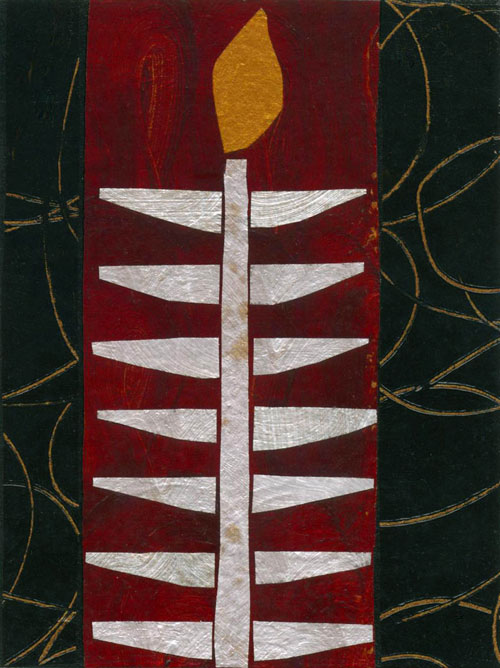 Image: The Temple in His Bones © Jan Richardson
Image: The Temple in His Bones © Jan Richardson
Readings for Lent 2, Year B: Exodus 20.1-17, Psalm 19,
1 Corinthians 1.18-25, John 2.13-22
Christ’s deep desire, so evident on that day in the temple, is that
we pursue the congruence he embodied in himself: that as his body,
as his living temple in the world, we take on the forms that will
most clearly welcome and mediate his presence.
—from Lent 3: The Temple in His Bones
The Painted Prayerbook, March 2009
If you were unfamiliar with the Christian story, and came across four scraps of paper with this week’s lectionary passages written on them, you would have good makings for a map of that story.
I am the Lord your God, who brought you out of the land of Egypt, out of the house of slavery (Exodus 20.2).
The heavens are telling the glory of God; and the firmament proclaims his handiwork (Psalm 19.1).
We proclaim Christ crucified…Christ the power of God and the wisdom of God (1 Corinthians 1.23-24).
Jesus answered them, “Destroy this temple, and in three days I will raise it up” (John 2.19).
This week’s texts take us on a journey in which the God who created the stunning vastness of heaven and earth comes close up to meet us. The passage from John 2 underscores just how close. This gospel text tells us Christ has become a living temple where God and humanity meet in his own being, his own body: the body he lays down for us, the body that rises for us, the body he invites us to be part of so that we may know this God for ourselves.
This constellation of texts bears witness to a God who dwells in mystery but does not stand at an unbridgeable distance from us. Although our sight is decidedly partial for now (through a glass, darkly, as Paul writes in 1 Corinthians 13.12, KJV), this God desires to be known. Even when we reach the limits of our vision and press painfully against the boundaries of our understanding, this knowing finds its way within us: in our hearts, in our bones, in the spaces where we meet God within the mystery.
In this Lenten season, in the midst of the mystery, what do we know in our bones? How do we live in a way that is congruent with this knowing—that gives expression to what we know, and embodies it in this world?
From across the past decade, I’ve gathered up a collection of reflections I’ve written for this week’s readings. I offer them with many blessings as this part of our Lenten path unfolds.
John 2.13-22
3rd Sunday in Lent: Speaking of the Body
Lent 3: The Temple in His Bones
Exodus 20.1-17
Day 11: Who Brought You Out of Slavery
Day 12: Remember the Sabbath Day
Psalm 19
Day 13: The Heavens Are Telling
Day 14: Night to Night Declares
Day 15: A Tent for the Sun
1 Corinthians 1.18-25
Day 16: Christ the Power and Wisdom of God
Using Jan’s artwork…
To use the image “The Temple in His Bones,” please visit this page at janrichardsonimages.com. (This is also available as an art print. After clicking over to the image’s page on the Jan Richardson Images site, just scroll down to the “Purchase as an Art Print” section.) Your use of janrichardsonimages.com helps make the ministry of The Painted Prayerbook possible. Thank you!
Using Jan’s words…
For worship services and related settings, you are welcome to use Jan’s blessings or other words from this blog without requesting permission. All that’s needed is to acknowledge the source. Please include this info in a credit line: “© Jan Richardson. janrichardson.com.” For other uses, visit Copyright Permissions.
